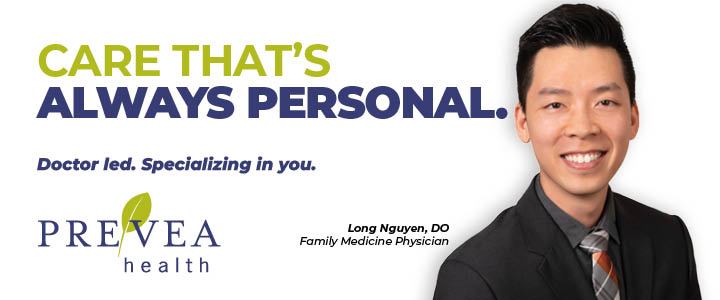
August 12, 2024
On May 1, the U.S. Department of Health and Human Services (HHS) announced a significant update to Section 504 of the Rehabilitation Act, introducing new requirements aimed at enhancing accessibility for individuals with disabilities.
The revised regulations, which became effective July 8, target recipients of federal financial assistance, including healthcare providers who receive Medicare or Medicaid funds.
In the healthcare setting, the updated rule is intended to significantly improve accessibility and ensure better attention to the needs of individuals with disabilities.
Of particular significance to healthcare providers is the updated rule’s introduction of enforceable criteria for accessible medical diagnostic equipment, web content and mobile apps.
Accessible medical diagnostic equipment
The updated rule tackles the issue of inaccessible medical diagnostic equipment (MDE), such as exam tables and chairs, x-ray machines, mammography equipment and weight scales – which can be a barrier to care for individuals with disabilities.
Recipients of federal financial assistance are required to provide accessible MDE to ensure all programs that use MDE are fully accessible to individuals with disabilities.
Accordingly, healthcare providers must also ensure their staff can successfully operate accessible MDE and assist with transfers and positioning of individuals with disabilities.
Specifically, the updated rule stipulates that any MDE purchased after July 8, must meet the standards for accessible MDE until a certain threshold percentage is met.
Facilities specializing in mobility-related conditions must ensure at least 20% of each type of MDE they use is accessible, while other providers must meet a minimum of 10%.
Additionally, providers that use examination tables and/or weight scales must include at least one accessible version by July 8, 2026.
The primary focus of the updated rule is to provide equal access to health care for people with disabilities through the provision of accessible MDE.
However, the rule does not mandate that every existing piece of MDE be made accessible or that new MDE be acquired if other methods can ensure compliance.
For newly acquired MDE, alternative designs or technologies to those given in the standards for accessible MDE may be used, provided they offer greater accessibility.
Enhanced web and mobile accessibility
The updated rule also addresses the need for greater accessibility in web content and mobile applications due in part to the increased use of telehealth services during the COVID-19 pandemic.
The new regulations mandate that healthcare providers ensure all web content and mobile apps are accessible to people with disabilities.
As provided by the updated rule, accessibility may be achieved through the use of accessible features as described by the Web Content Accessibility Guidelines (WCAG).
For example, the WCAG suggests providing audio descriptions for all prerecorded video content.
The due date for implementing such accessible features depends on the size of the provider – providers with 15 or more employees must comply by May 11, 2026, while those with fewer than 15 employees have until May 11, 2027.
Other requirements
In addition to its enforceable criteria for accessible web content, mobile applications and medical diagnostic equipment, the updated rule provides other requirements aiming to prevent discrimination in health care, including the following:
- Non-discriminatory medical treatment – Healthcare providers must ensure medical treatment decisions are free from biases against individuals with disabilities.
- Value assessment methods – Providers must avoid value assessment methods that undervalue life extension or are used to limit access to services or benefits for individuals with disabilities.
- Service animals – Policies must accommodate the use of service animals by individuals with disabilities, ensuring service animals are permitted in all applicable settings.
- Maintenance of accessible features – Facilities and equipment designated for use by individuals with disabilities must be maintained in good working condition and remain accessible.
- Mobility devices – Recipients must permit the use of manually operated mobility aids, such as wheelchairs and power-driven mobility devices in pedestrian-accessible areas.
- Effective communication – Effective communication must be ensured for individuals with hearing, vision or speech impairments by providing auxiliary aids like qualified interpreters or readers.
General exceptions and alternatives
The updated rule allows for exceptions where compliance may result in fundamental changes to a provider’s program or impose undue financial or administrative burdens.
In such cases, providers must find alternative solutions to ensure accessibility and avoid discrimination.
Implementation timeline
The updated rule took effect July 8, with varying compliance deadlines depending on the specific requirements and size of the recipient organization.
Healthcare providers are encouraged to contact their legal counsel for more information and guidance.
 BCI Burke works so kids of all abilities can play
BCI Burke works so kids of all abilities can play 2023 marks record-breaking year for tourism
2023 marks record-breaking year for tourism








